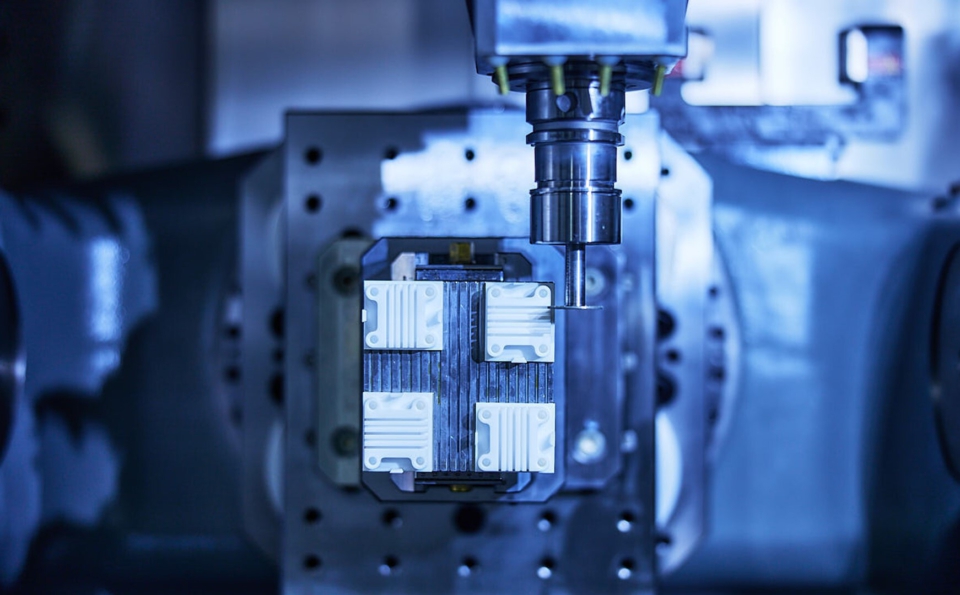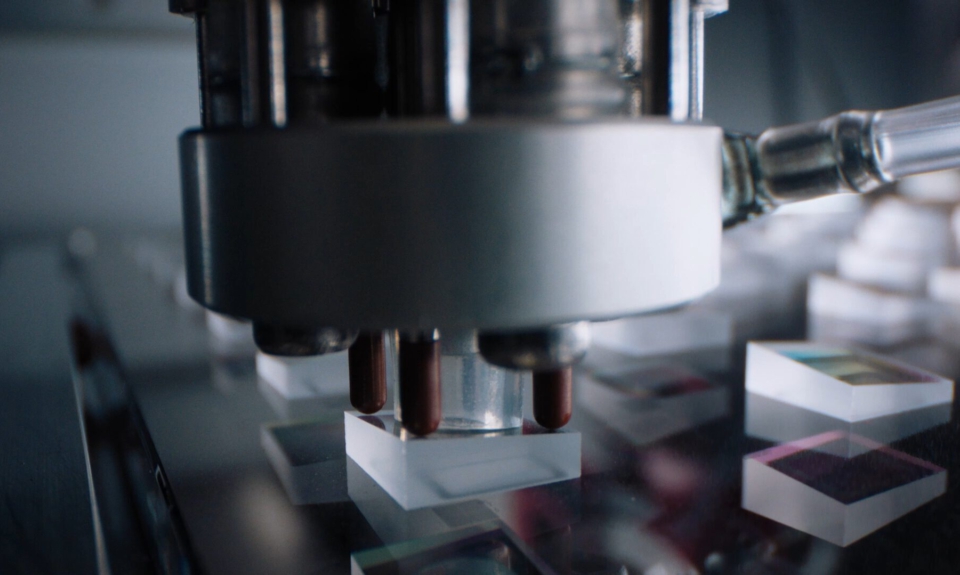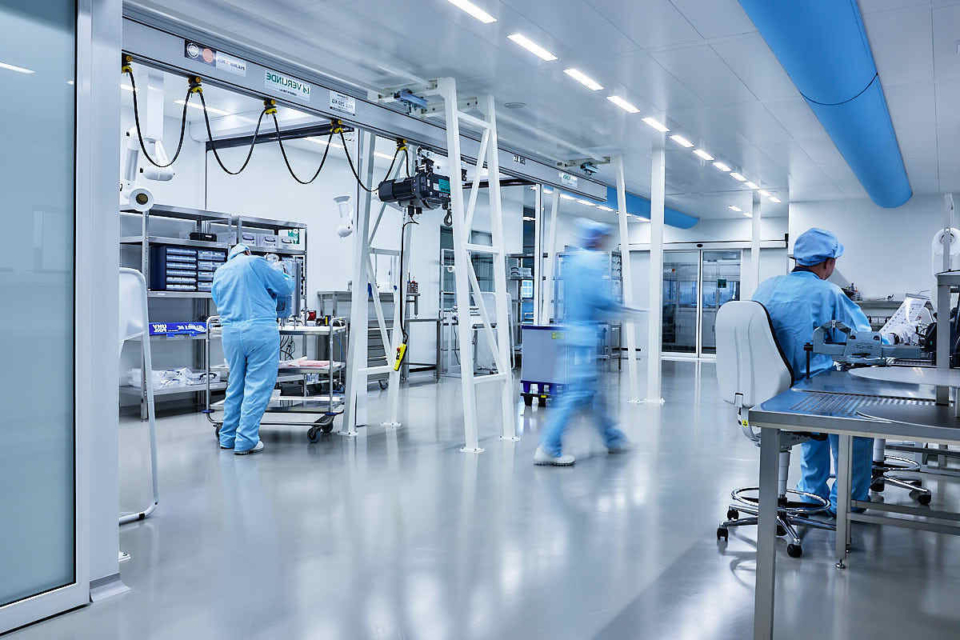What Can You Expect from Working with Us?

We often receive questions about the steps that are taken from the beginning of a project up to series production. This blog will tell you a bit more about what you can expect from working with us. What exactly happens once we have received your inquiry?
Once you get in contact with us, one of our sales engineers will get back to you to discuss your expectations and the product's specifications. We do this, to ensure that our capabilities match your request. Subsequently, our sales engineers will examine the complexity and requirements of your design. We then assess the development stage, together with you, to understand whether further component development is required or whether it is already a final drawing that does not require additional design optimization.
At LouwersHanique, we have a dedicated engineering and R&D department ready to take on the most challenging and complex projects. This allows us to guarantee the best-optimized component design, using the latest knowledge about the material characteristics of technical glass, ceramics and metal.
After the component specifications have been validated, our engineers will provide support with the optimization and performance of your design using advanced CAD-CAM solutions. Based on the requirements of the final component, together with you, we choose the most optimal materials and processing techniques for the component or (sub)assembly. This way, you will always get the best material with respect to temperature properties, purity, optical transmission, expansion coefficient, mechanical strength, and chemical resistance.
We start the production journey of your component by achieving the desired form factor and design. At LouwersHanique, we have several techniques that allow us to achieve the best results for shaping. We use laser or thermal processing and machining for technical glass and quartz to form, cut, and structure the initial product.
To machine quartz, ceramics, macor, and glass components, we use various complementary processing methods such as precision 5-axis CNC grinding, polishing, laser machining, ultrasonic processing, chemical polishing, micro-sandblasting, and selective laser-induced etching (SLE). We choose the processing method based on the requirements and the desired surface roughness, often combining CNC processing with other technologies. These can be CNC polishing techniques, micro-powder blasting, micro-machining, and etching technologies for more exact finishes.
For miniature 3D patterns in fused silica or borosilicate and structures on a microscale, we rely on state of the art selective laser-induced etching (SLE). We use SLE to create structures inside the material by removing glass or fused silica layer-by-layer and consequently removing the material via wet chemical etching.
We combine a multitude of in-house processing technologies to machine and bond a variety of brittle material combinations, including glass-metal, glass-ceramics, and many more.
After thermal, mechanical, or laser processing, we can accommodate the precision assembly of your components. We utilize a broad range of bonding technologies. Using these technologies, various combinations of materials can be joined. The range varies from monolithic direct bonding to precision gluing, high-quality glass joining, soldering, thermal welding, and Femto laser welding. This enables glass-glass, ceramics-ceramics, glass-ceramics, glass-metal, and ceramics-metal joints that all have unique properties.
By using special glass-metal joining techniques, we can manufacture products and modules that meet the highest demands in an ultra-high and ultra-clean vacuum. Typical applications that require high-tech assembly are sensor parts and high-performance electrical and optical feedthroughs.
Assembly can also take place in our cleanrooms. We also offer quality control and other cleanroom services for the most demanding applications. At LouwersHanique, the final cleanliness requirements are taken into consideration at the beginning of the production process. We begin by using special machining fluids that can be fully removed by the end of the production process. This is done alongside multiple cleaning stages to ensure that no dried-in contamination remains on the surface of the final product.
To achieve outstanding results, we implement various contamination control strategies throughout the manufacturing stages. In addition, we conduct visual and microscopic inspection steps and cleanroom monitoring measurements throughout the stages of manufacturing. This allows us to easily identify, find and tackle cleanliness challenges.
We offer a full range of high-tech cleaning services to match your specification, such as automatic cleaning lines, vapour cleaning, automated vacuum bake-out, and manual cleaning with various chemicals. This enables us to clean various materials, such as aluminum oxide (Al₂O₃), ALN, PBN, Macor® ,Silicon, stainless steel (316L, Hastelloy), Aluminium, and all technical glasses.
In this blog article, we shared some initial insights on what you can expect from working with us.
There are many more specific services, material combinations, and competencies that have not been mentioned in this blog.
Contact us directly for any additional questions!






